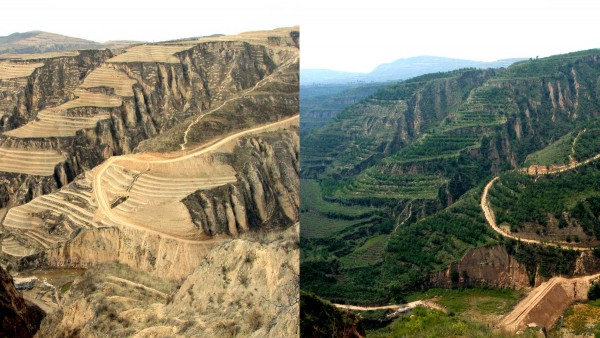RIO DE JANEIRO, BRAZIL – Brazil holds the world’s largest number of priority areas for ecosystem restoration among all nations. Consequently, global attention is focused on the country with the launch of the UN Decade on Ecosystem Restoration, which starts this year and ends in 2030.

The goal is to unite governments, productive sectors, and civil society around forest valuation initiatives. Unless something changes, the world will face challenges such as an increase in pandemics, floods, crop failures, and food crisis in the coming decades.
There are 2.9 billion hectares on the planet that can be restored. The goal set by Brazil in the Paris Agreement, and included in the National Plan for Native Recovery, foresees the restoration of 12 million hectares by 2030.
The success of these initiatives will have extremely positive economic, environmental and social impacts. More jobs (200 for each thousand hectares regenerated); more pollinators (70% of food needs pollination); and protection of water resources, which contribute to the balance of the rainfall pattern, essential for agribusiness and, consequently, for the Brazilian GDP.
A map, part of a study commissioned by the UN from specialists led by Bernardo Strassburg, coordinator of the Center for Science and Sustainability at PUC-RJ (Pontifical Catholic University of Rio de Janeiro), identifies ecosystems whose restoration will provide greater benefits and opportunity costs. Resources will come from global funds, green bonds and the carbon credit market.
The study, which will serve as a reference for the UN, found that restoration of the areas in red on the map can increase efficiency costs by up to 13 times. Investments of R$1 billion (US$197.6) will yield 13 times better results if implemented in the highlighted regions, defined on the basis of an accurate spatial planning.
“The secret of optimization is to allocate resources to where the impact of the amount invested will be greater. Otherwise, the recovery of 12 million hectares could have no effect,” says Strassburg. According to the study, restoring 30% of the world’s priority ecosystems would preserve 71% of endangered species and absorb half of the CO2 emitted. “In Brazil, the Amazon is a very high priority from the climate standpoint. In the Atlantic Forest, just by restoring 5%, we would prevent the extinction of about 30% of species.”
With the world’s largest diversity of trees per hectare, sheltering 384 species of mammals and over 1,000 bird species, the Atlantic Forest currently shelters 1,989 endangered species. “We need to reverse this scenario, restoring at least 30% of native vegetation for the forest to sustain itself,” says Rafael Fernandes, forest restoration manager at the SOS Mata Atlântica Foundation, where 12.4% of native vegetation remains today. The NGO has already contributed to the restoration of 23,000 hectares, with 42 million seedlings planted.
The Atlantic Forest’s strategic role is unquestionable: it covers 17 states, an area where 70% of the Brazilian population lives and 80% of the economy is based.
So far, a little over 100,000 hectares have been restored in Brazil, less than 1% of the goal. Nevertheless, according to Rubens Benini, The Nature Conservancy’s (TNC) forest restoration strategy manager, the goal is feasible. TNC mapped the restoration chain and concluded that the main link is the rural producer, who needs to be encouraged.
“They now realize that restoration can be an income generator and they seek us to develop products with an economic return, which can triple their income,” he says. “Producers begin to see forest restoration as a bonus, rather than a burden, through the bio-economy and payment for environmental services with local partners.”
Conservation International (CI) mapped 2,733 forest restoration initiatives in the Amazon, which has 16% of its area degraded. Danielle Callentano, CI’s senior manager and executive secretary of the Alliance for Restoration in the Amazon, observes that there are many opportunities with financial value in the region. “The economic potential of forests is under-exploited by communities and companies. Everyone’s commitment to chains free of illegal deforestation and with restoration is essential. After all, our country’s name comes from a tree.”

